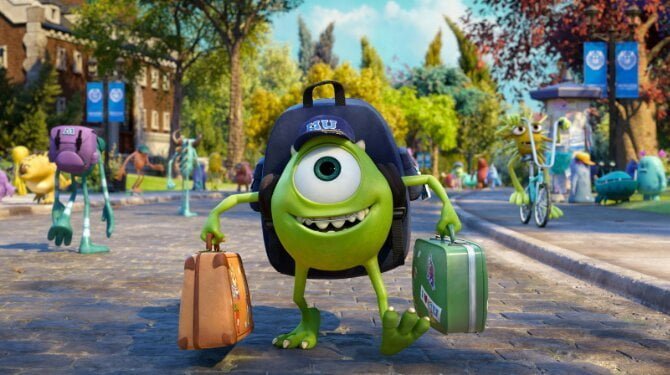There are people who have examined the complex politics of South Africa in minute detail and there are others who have studied the mining industry of the country for many, many years.
These people have earned the right to use the moniker of “expert” in their particular field.
I are not these people.
I can, however, like to venture my opinion on the current situation regarding the wage demands and negotiations surrounding SA’s gold mining sector. And my opinion is that I don’t think things are going to work out very well.
That’s because generally, wage negotiations in SA seem to go pretty much the same way:
Employer offers low percentage – let’s say, for example 5%. Unions demand higher percentage – maybe 13%.
There are strikes, strife, usually a bit of violence and some threats. And then, after a while, and a lot of posturing, they meet halfway. Which would be 9% in this case. The overall increase just about enough to drive inflation up a bit further, but for the individual workers, not usually enough to make up for the pay they missed out on while they were striking. Perhaps the latter is why they then demand a bit more the next time around.
Of course, if I can work this out, then the employers and the unions are probably also aware of it. Thus, they come out with more extreme percentages as their starting points. Which brings me neatly back to current events in gold mining.
The employers – citing falling productivity, the lower price of gold and spiraling costs – have suggested 4%. Not a massive decease on their usual offerings, but then they don’t have a lot of space to place with. That’s not the case for the unions though. Although they have certainly outdone themselves – and each other – this time.
Solidarity (not the Polish one) has demanded 10%.
The NUM has demanded… *drumroll* 60%! Lolz all round.
Oh yes, and AMCU has asked for 159%.
I’d like a pay increase too. 10% would be lovely. 4% would even be quite nice. But with this news, I’m tempted to hold out for 159%. And once I go for it, I will only back down ever so slightly (and maybe I’m guilty of showing my hand a little here, but no further than 158%).
But seriously, with the parties starting so very far apart, the upcoming mining wage negotiation are going to take a while. And all that time, tensions, frustration and desperation are going to increase. And just in case you have no memory, there is history here.
Colour me pessimistic, but I really can’t see this working out well.




